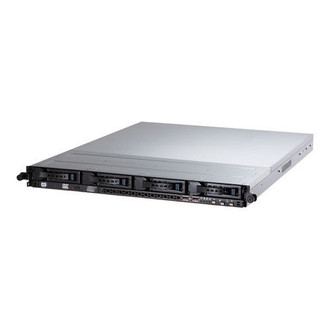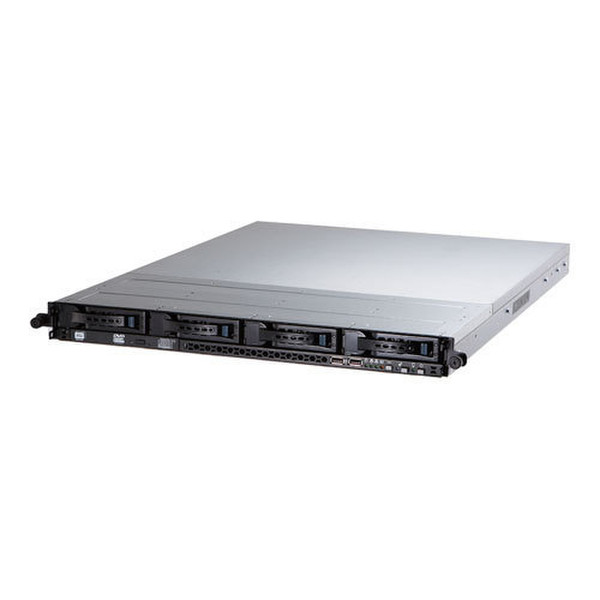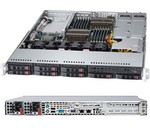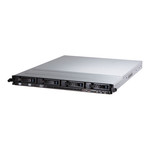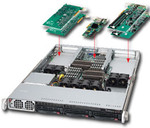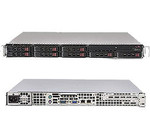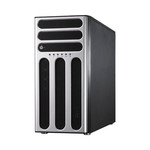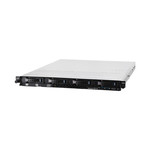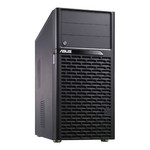目錄的
-
目錄的
- Antiquitäten & Kunst
- Auto & Motorrad: Fahrzeuge
- Baby
- Bücher
- Camping & Outdoor
- Feinschmecker
- Haustierbedarf
- Heimwerken & Garten
- IT和电子
- Kleidung & Accessoires
- Modellbau
- Musik
- PC- & Videospiele
- Sammeln & Seltenes
- Spielzeug
- TV, Video, DVD
- Telekommunikation
- Uhren & Schmuck
- Wellness & Beauty
- fashion & lifestyle
- institutional food services equipment
- medical equipment, accessories & supplies
- 个人护理
- 休闲爱好
- 办公设备,用品和配件
- 商业与工业
- 家居,建筑,装修
- 家用电器
- 摩托车及配件
- 武器和弹药
- 照相机
- 花园和庭院
- 运动,娱乐及休闲
- 食物
- 高保真音響
Filters
Search
ASUS RS300-E7/PS4 Intel C204 Socket H2 (LGA 1155) 1U
凡购买和价格 (Advertising *)
顶部
技术特点
顶部
端口 & 界面
| 串口数量 | 1 |
|---|---|
| PS/2连接埠数量 | 2 |
| VGA(D-SUB)端口数量 | 1 |
图像
| 最大图形显示内存 | 16 MB |
|---|
扩展槽
| PCI Express x16 插槽 | 1 |
|---|---|
| PCI Express x8插槽 | 1 |
内存参数
| DIMM插槽数量 | 4 |
|---|---|
| 支持的内存类型 | DDR3-SDRAM |
| 支持的DIMM大小 | 1GB, 2GB, 4GB, 8GB |
| 最大UDIMM内存 | 8 GB |
处理器
| 英特尔® 至强® 系列 | E3-1200 |
|---|
联网
| 局域网控制器 | Intel 82574L |
|---|
存储介质
| 支持存储驱动器界面 | Serial ATA II, Serial ATA III |
|---|---|
| 热插拔硬盘驱动器托架 | Y |
| 支持的硬盘数量 | 4 |
设计
| 格式要素 | 1U |
|---|
能量控制
| 电源 | 350 W |
|---|
另外
| 主板晶片 | Intel C204 |
|---|---|
| 图形适配器 | AST2050 |
| 以太网路(RJ-45)连接接口数量 | 5 |
RS300-E7/PS4, Socket LGA1155, Intel C204, DDR3, Aspeed AST2050 (16MB VRAM), 1U, 350W
New Generation Intel® Xeon® Sandy Bridge CPUs
Up to 21% faster performance and 16% better output/watt compared with previous generation processors
ASUS proprietary CPU heat pipes deliver superior cooling for more stable computing without blocking or restricting expansion slots
Quad LAN for Extra Reliable Networking
Bigger bandwidth through teaming four Gigabit LAN
Improved virtualization performance with more networking resources for virtual servers, optimizing VMware® fault tolerance
Quad LAN improves load balance and fault tolerance for far more reliable connections, offering the ultimate in network security and efficiency
2 + 1 Expandability in UP 1U
Supports 2+1 I/O expansion slots in a 1U chassis for higher expandability and better data protection
Two PCI-E slots support full-height/half-length cards
Extra slot designed for optional ASUS PIKE cards for seamless, cost effective upgrades to SAS storage and RAID protection with no additional verification needed
Remote Management
Optional web-based, GUI-driven ASMB5-iKVM upgrade kit provides full control of server functions with dedicated hotkeys and remote server screen
Virtual media-over-LAN helps share local devices with target servers, enabling fast troubleshooting and OS installation
Compatible with the ASUS E7 Generation server system and the ASMB5 header
ASUS ASWM Enterprise Support
Provides easy deployment and management with a user friendly interface
Delivers centralized management, asset supervision, notification mechanisms and integrated BMC BIOS updates
Energy Saving with 80+ Green Power
The RS300-E7/PS4 reduces total system power loss to the lowest levels available in its segment for better power efficiency
Up to 21% faster performance and 16% better output/watt compared with previous generation processors
ASUS proprietary CPU heat pipes deliver superior cooling for more stable computing without blocking or restricting expansion slots
Quad LAN for Extra Reliable Networking
Bigger bandwidth through teaming four Gigabit LAN
Improved virtualization performance with more networking resources for virtual servers, optimizing VMware® fault tolerance
Quad LAN improves load balance and fault tolerance for far more reliable connections, offering the ultimate in network security and efficiency
2 + 1 Expandability in UP 1U
Supports 2+1 I/O expansion slots in a 1U chassis for higher expandability and better data protection
Two PCI-E slots support full-height/half-length cards
Extra slot designed for optional ASUS PIKE cards for seamless, cost effective upgrades to SAS storage and RAID protection with no additional verification needed
Remote Management
Optional web-based, GUI-driven ASMB5-iKVM upgrade kit provides full control of server functions with dedicated hotkeys and remote server screen
Virtual media-over-LAN helps share local devices with target servers, enabling fast troubleshooting and OS installation
Compatible with the ASUS E7 Generation server system and the ASMB5 header
ASUS ASWM Enterprise Support
Provides easy deployment and management with a user friendly interface
Delivers centralized management, asset supervision, notification mechanisms and integrated BMC BIOS updates
Energy Saving with 80+ Green Power
The RS300-E7/PS4 reduces total system power loss to the lowest levels available in its segment for better power efficiency
類似的優惠
顶部
-
支付方式
我们接受:


